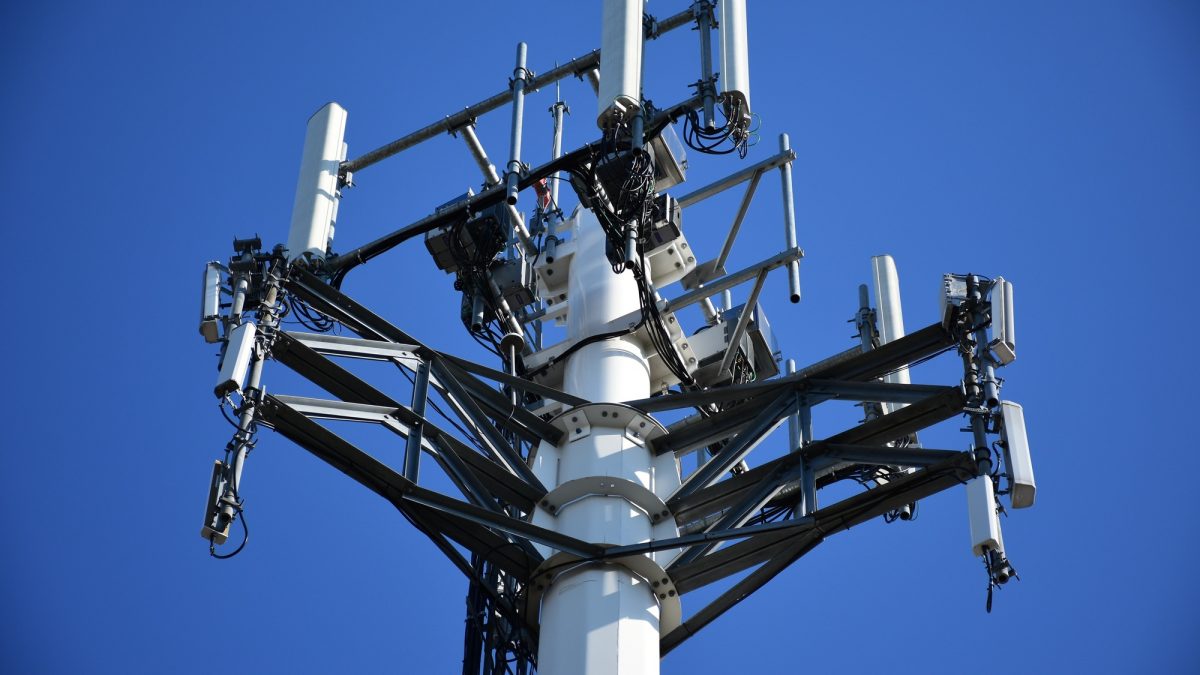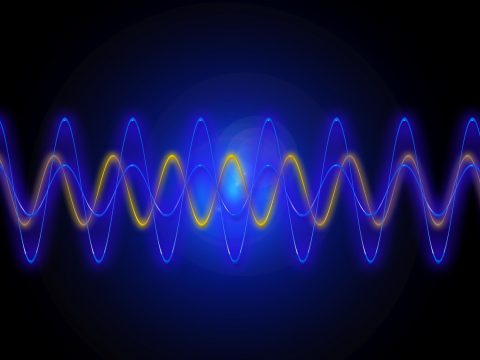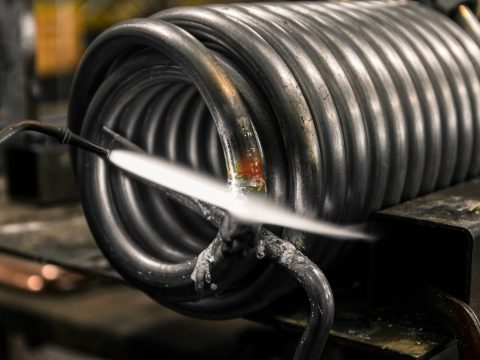An Informative Guide to Antenna Module Design and How It Works

Dip Braze for Daze: What Metals Cannot Be Brazed?
August 24, 2020
What Is RF Testing? Here’s What You Need to Know About Radio Frequency
September 9, 2020Your organization may have trouble with poor verbal or machine-to-machine remote communication. If so, the problem may lie in your antenna. A custom RF antenna may help resolve the issue.
The design of your antenna module is important. It’s essential for creating optimal antenna performance. Accordingly, it’s a good idea to seek help from a firm that specializes in RF antenna design.
An expert firm can help you source a custom antenna. However, it helps to understand a few basics about RF antenna design to assist you in sourcing the build.
An understanding of custom radio antenna design will help you communicate essential facts. This information may include component selection, layout, and matching network design.
Read on for an informative guide to antenna module design.
Understanding the Basics of Antenna Module Design
An antenna is any wire or conductor that carries an alternating or pulsating current. The current generates an electromagnetic field (EM) around the wire. As it does, the field will pulse and vary.
Sometimes, there’s another wire in the proximity of the antenna. This wire creates an EM field that will cross the wire, creating an electric current that is a weaker copy of the original. If the antenna wire is long in terms of wavelength, that current will radiate over a long distance.
Optimal antenna design and radio frequency (RF) layout are essential. This circumstance exists for any wireless system that transmits and receives EM radiation.
As an example, you may work with a current-limited power source, such as a coin-cell battery. If so, the range that you can achieve with the unit depends significantly on the design of the antenna. An excellent printed circuit board (PCB) layout is equally as important.
Often, antennas that use the same silicone and power will have a wide variation in RF ranges. However, they’ll have a different antenna-design practice and layout.
The simplest antenna is the whip antenna. Like all electrical components, all antennas must have two connection points. With a whip antenna, you must connect the unit to a battery and a ground, even if that ground is nothing but the ground plane of the circuit board.
Common Characteristics of Antennas
Antennas follow common RF layout guidelines, regardless of design. Also, engineers use a standard set of traits to define antenna characteristics. For example, the gain is a measure of how strongly the antenna radiates.
The radiation pattern is another vital trait of antennas. When a whip antenna is perpendicular to a wire, for instance, it yields a maximum amount of radiation. At the end of the whip, there is null, or minimum, signal.
Before ordering a custom build, you must understand the radiation pattern of your antenna. This knowledge is essential for ensuring that null is not present in the intended direction of communication.
You must also understand antenna polarization. You must orient antennas that communicate with each other in the same direction.
This practice ensures that they have the same polarization. As an example, a horizontally oriented antenna will not communicate well with the vertical unit.
Also, in real-world applications, metal objects in the ground can cause reflections. These obstacles can cause both horizontal and vertical signals, impeding communication.
Impendence is a measure of how well a transmitter transfers power to your antenna. For example, if engineers design the antenna tuning circuit on your transmitter-receiver for a 50-ohm load, your antenna should have an impendence that’s close to 50-ohms for the best results.
Depending on the application and wavelength, you may need an antenna as long as an FM antenna for a car or as small as a trace on a beacon. Any conductor of quarter-wavelength impendence with a transformer exposed in free space over a ground plane with a proper feed can serve as a capable antenna.
Typical RF Layouts
Another conventional radio antenna design is the wire antenna. It extends over a PCB with a length that matches the ground plane.
This kind of antenna provides the best transmission for the RF range of PCBs because of its dimensions and exposure. The wire can extend outward in a straight line, helix or loop. These configurations are called three-dimensional (3D) structures.
A PCB antenna is a trace drawn on PCBs. This kind of antenna is typically a two-dimensional structure drawn on the same plane as the board.
A chip antenna is a small integrated circuit (IC). You’ve most likely heard people refer to an integrated circuit is a chip.
Chip antennas are useful when there is limited space to print a 2D PCB antenna or make use of a 3D antenna. For comparison, a chip antenna is often smaller than a penny.
The build of your custom antenna will depend on factors such as the availability of space on the board of your unit as well as the desired RF range, antenna direction, and your budget.
Custom Design Is Your Answer for Peak Performance
Whether you need an antenna for a commercial or military application, you may need to contemplate whether to have one custom-built or buy a pre-existing design.
The most significant benefit of a custom-built antenna is optimal performance. Engineers will design your antenna for your unique application.
A custom-built antenna will also fit perfectly in its intended enclosure, while also meeting equipment requirements and specifications. For example, you can have a manufacturer create an antenna that works across multiple bands. Furthermore, a custom antenna manufacturer can create an antenna that meets all your needs, no matter how exceptional the design.
You can also request an antenna that can withstand any environment. Depending on your application, a custom antenna manufacturer can create an antenna that can resist nearly any environmental condition, including excessive heat, ice, wind, corrosion, or load.
Trust Us With Your Mission-Critical Applications
Using 3D modeling, Rantec Microwave Systems can create nearly any antenna to meet your demands. Furthermore, we can use that technology to test your custom antenna module design against real-world simulations before production. Most importantly, however, we can fabricate the final product using 3D printing before mass production to ensure that your custom-made antenna works flawlessly.
We are experts in the engineering and manufacture of custom-made antennas. Contact one of our experts today to experience the efficiency of a custom-built antenna project that’s right the first time.




